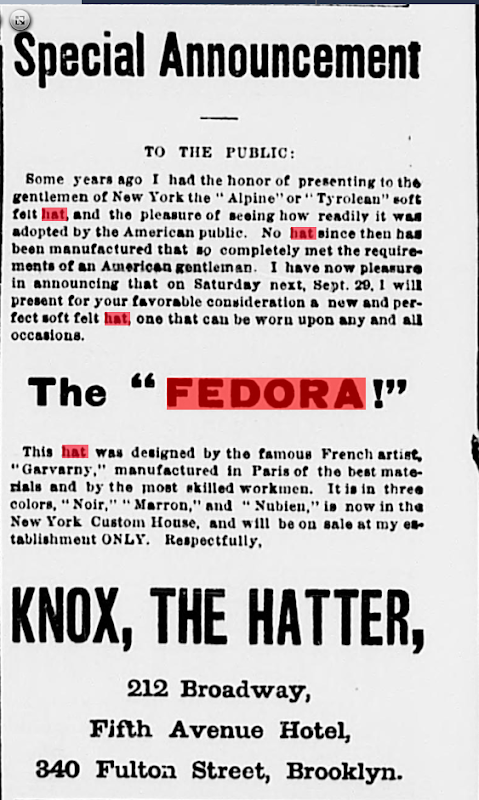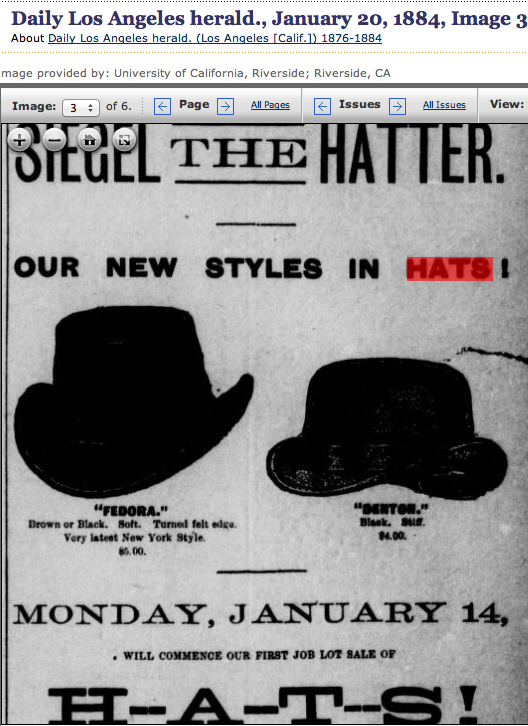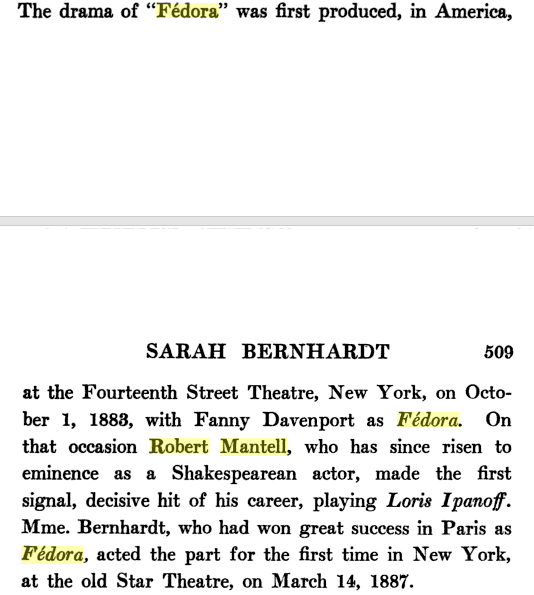Undertow
My Mail is Forwarded Here
- Messages
- 3,126
- Location
- Des Moines, IA, US
1930 Sears Catalog Scan

Notice the most expensive hat is $6.98 and the least expensive is a $2.19 wool felt. A very rough estimate (based on the US Inflation Calculator) puts that at $89.34 and $28.03 by today's standards. Part of a man's wardrobe was his hat(s), so spending $30-50 wouldn't have been unreasonable. At least in the 1930's, a soft felt hat did not indicate wealth.
I'm short some scans - I had a few from the 1920's Sears catalogs but they aren't popping up anywhere on my computer. I'll post when I come across them.

Notice the most expensive hat is $6.98 and the least expensive is a $2.19 wool felt. A very rough estimate (based on the US Inflation Calculator) puts that at $89.34 and $28.03 by today's standards. Part of a man's wardrobe was his hat(s), so spending $30-50 wouldn't have been unreasonable. At least in the 1930's, a soft felt hat did not indicate wealth.
I'm short some scans - I had a few from the 1920's Sears catalogs but they aren't popping up anywhere on my computer. I'll post when I come across them.






